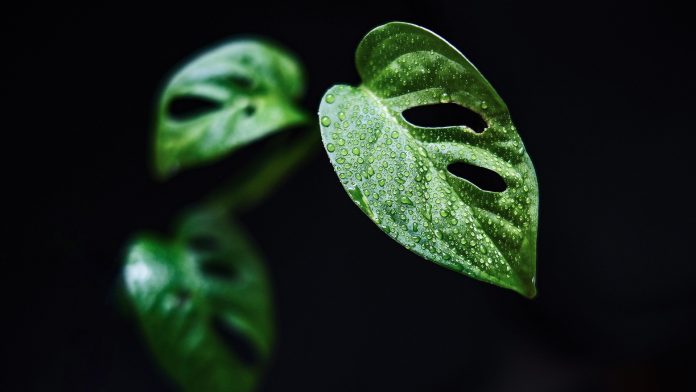Overwatering kills more houseplants than underwatering, but the real problem isn’t how much water you give them—it’s when you water them during summer heat. Most people water on a schedule, but plants need water based on soil moisture, season, and individual growth patterns. Summer’s intense heat and air conditioning create dramatic humidity fluctuations that affect plant water needs unpredictably.
Watering when the soil is still damp prevents oxygen from reaching roots, leading to root rot that appears as yellowing leaves and eventual plant death. Summer heat accelerates this process because warm, moist soil becomes an ideal breeding ground for fungal pathogens. Plants showing signs of overwatering often get more water from well-meaning owners who mistake yellowing leaves for dehydration.
The finger test remains the most reliable method: stick your finger two inches into soil, and only water if it feels dry. However, summer conditions require deeper testing because surface soil dries faster than root zones. Check soil moisture at three to four inches deep for larger plants, and adjust watering frequency based on actual conditions rather than calendar schedules.
Different plants have varying water needs, with succulents requiring completely dry soil between waterings while ferns prefer consistently moist conditions. Summer heat intensifies these preferences, making proper plant selection crucial for success. Mediterranean plants like lavender and rosemary thrive in hot, dry conditions, while tropical plants need consistent moisture and humidity.
Air conditioning creates additional challenges by reducing humidity levels below optimal ranges for most houseplants. Most indoor plants prefer humidity between 40-60%, but air-conditioned homes often drop to 20-30% during summer months. Low humidity causes plants to lose water through their leaves faster than roots can absorb it, leading to crispy leaf edges and stunted growth.
Increasing humidity helps plants cope with summer stress. Grouping plants together creates beneficial microclimates where transpiration from one plant increases humidity for neighbors. Pebble trays filled with water provide localized humidity without overwatering soil. Humidifiers offer precise control but require regular maintenance to prevent mold growth.
Light conditions change dramatically during summer as sun angles shift and day length increases. Plants positioned near windows may receive intense afternoon sun that damages leaves or dries soil too quickly. Moving plants back from windows or using sheer curtains filters harsh light while maintaining adequate illumination for photosynthesis.
Summer fertilization requires careful timing because heat stress makes plants more susceptible to fertilizer burn. Reduce fertilizer concentration by half during hot weather and apply only when soil is moist. Over-fertilized plants show rapid growth that depletes water reserves and makes them more vulnerable to heat stress.
Repotting should be avoided during summer heat because transplant shock combined with high temperatures often proves fatal. Spring and fall provide ideal conditions for repotting when plants can recover before facing extreme temperatures. If repotting becomes necessary, provide extra shade and monitor water needs closely.
Discover more from Northeast Ohio News
Subscribe to get the latest posts sent to your email.












